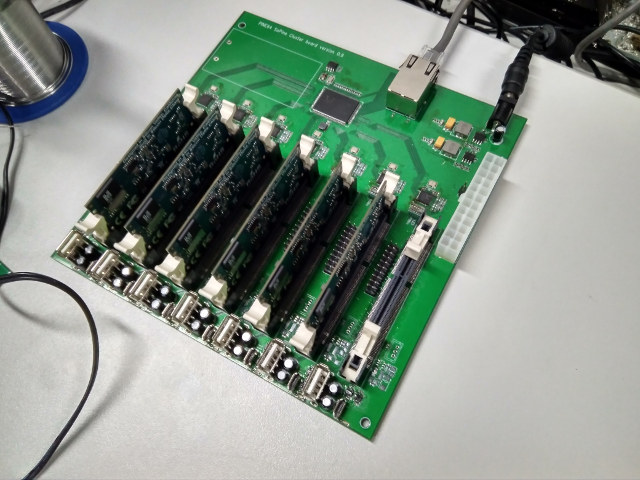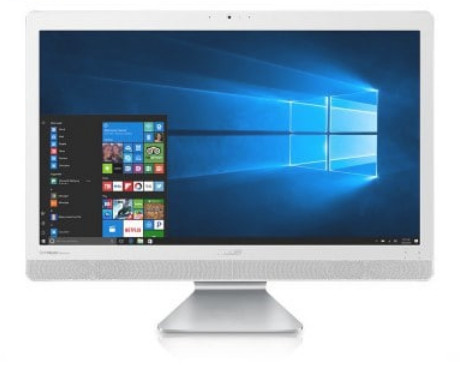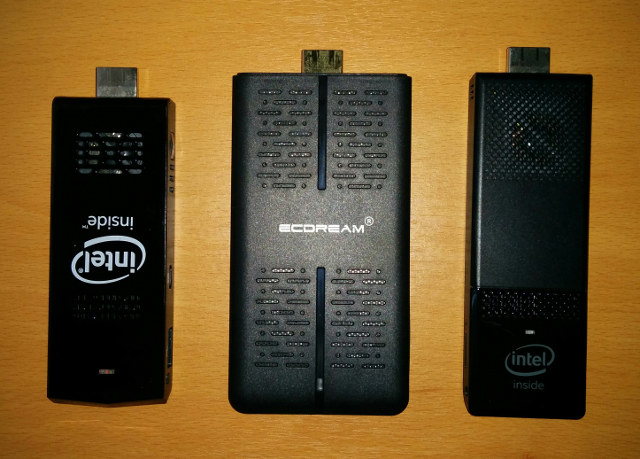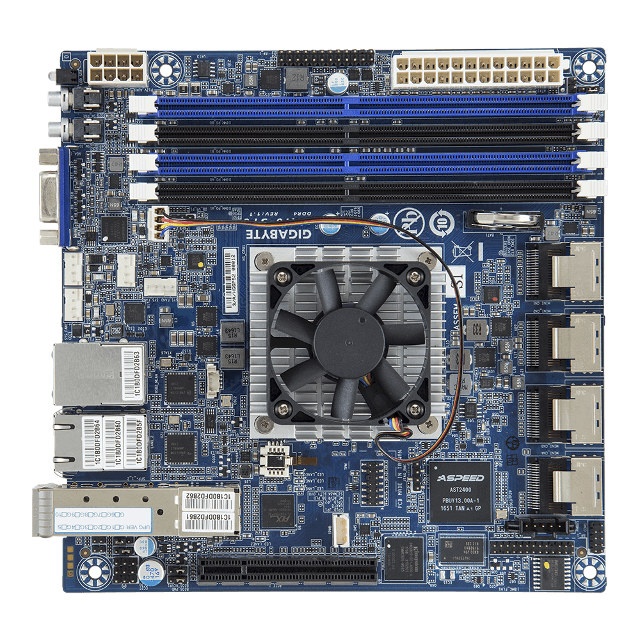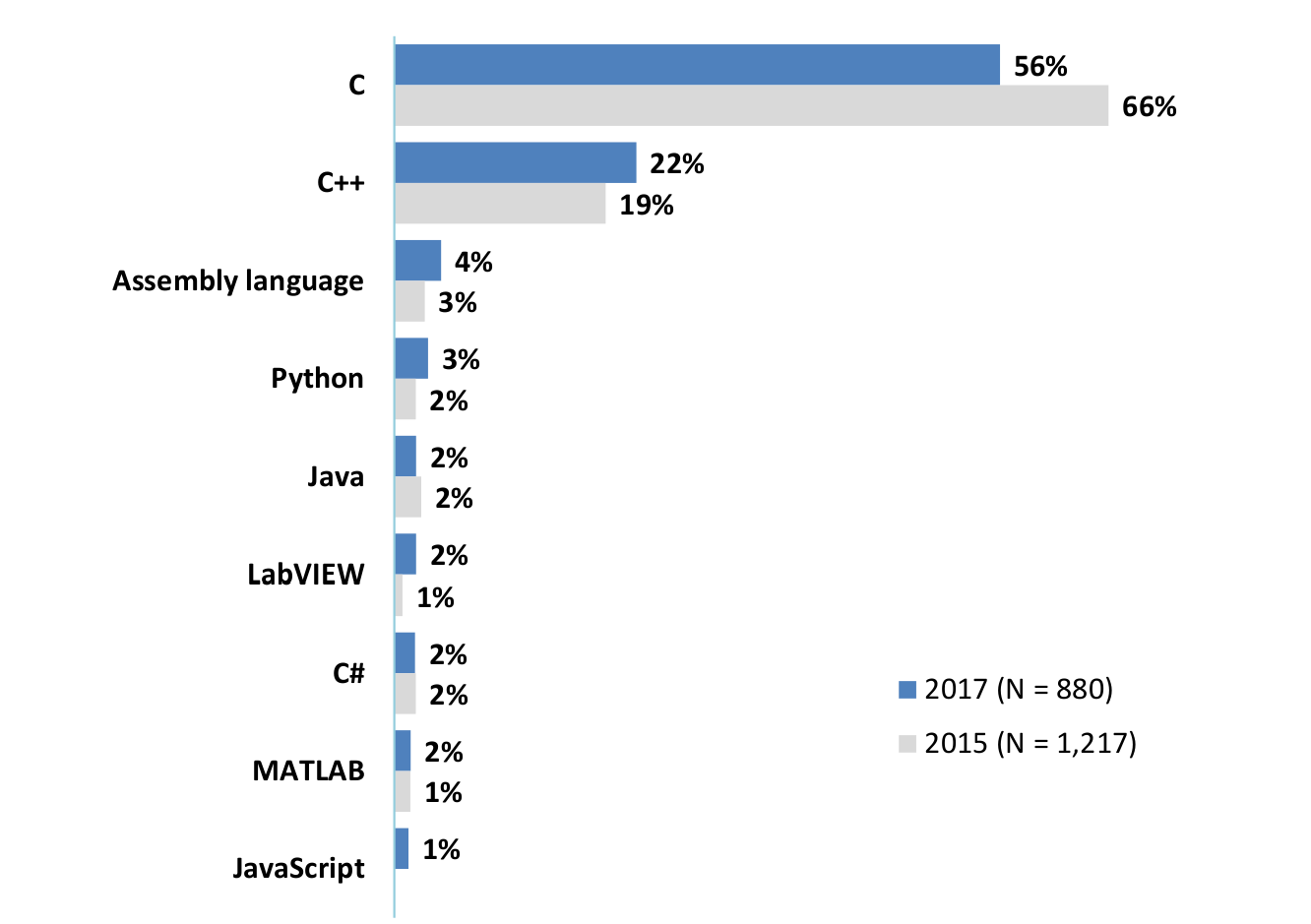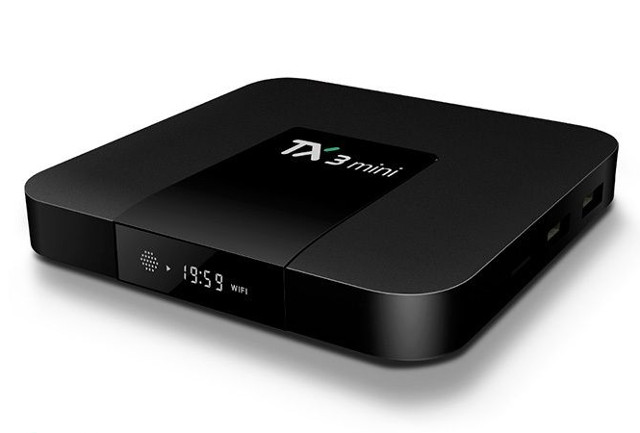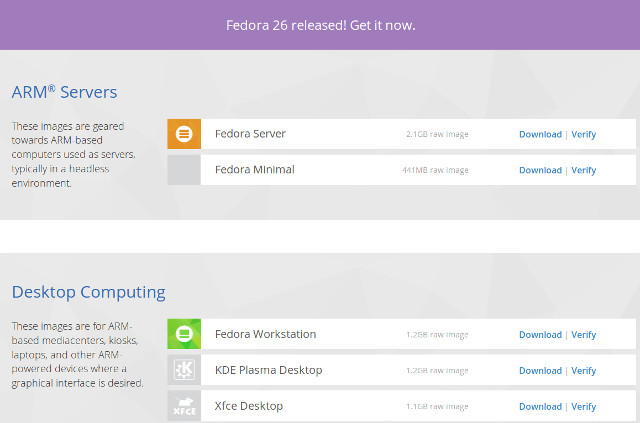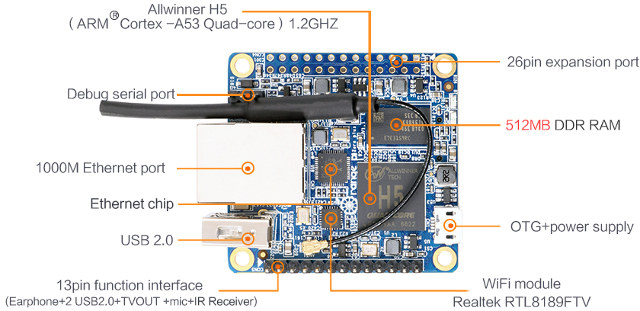Pine64 launched SOPINE A64 system-on-module based on Allwinner A64 processor back in January, with such module normally being found in low volume products where companies do not want to spent too many resources developing complex multiple layers boards with CPU and RAM, and instead focus on developing a simpler baseboard and custom software for their product. Pine64 made something else with SOPINE A64 modules: a cluster board. I don’t have the full details yet, but “PINE64 SoPine Cluster Board” comes with 7 SO-DIMM slot designed to take SOPINE64 modules with the board providing a micro USB OTG port, a USB host port, and Ethernet transceiver for each SoM, which are connected to a Gigabit Ethernet switch (initially Marvell 88E6185, but they appear to have now switched to a Realtek part), and accessible via a single Gigabit Ethernet port. Power can be provided by a 5V/10A power supply connected to a […]
Asus WA039T All-in-One PC is Powered by Intel Pentium J4205 Apollo Lake Processor
Intel Pentium N4205 is the most powerful Apollo Lake processor launched by Intel with four cores up to 2.6GHz (turbo), and 18 EU HD graphics, but so far I have not seen many products with the processor, with only ASRock J4205-ITX motherboard and Beebox J4205 mini PC. So I went to Aliexpress, and nothing at all shows up for J4205, I had better luck on Alibaba with Unistorm / ACEPC AK1 mini PC apparently also having Pentium N4205 as an option (for OEM only), and several industrial computer and motherboards. But none of those products seem to be easily purchasable just yet. A final search on GearBest led me to their one and only J4205 based product: Asus WA039T AIO PC, so let’s have a look. Asus WA039T AIO computer specifications: SoC – Intel Pentium J4205 quad core “Apollo Lake” processor @ 1.50 / 2.60 GHz with a 18 EU Intel […]
ECDREAM A9 Apollo Lake HDMI “TV Stick” Review with Windows 10 and Ubuntu 17.04
The ECDREAM A9 is arguably the first Intel Apollo Lake ‘PC stick’ available for purchase. However, in reality it is surprisingly large, and when compared to earlier Intel Atom ‘sticks’ and mini PC ‘boxes’ it lies somewhere in between. Measuring 2.3 inches (58 mm) wide and 0.6 inches (16 mm) thick it feels almost double in size of the original Intel Compute Stick (1.5 in/38 mm by 0.5 in/12 mm) and like nearly half of a mini PC (Beelink’s AP34 is 4.7 in/119 mm by 0.8 / 20 mm). Given that you only get two USB ports, an micro SD card slot and the obligatory HDMI and power port, the large size would be better justified if an Ethernet port had also been included given other smaller ‘sticks’ have shown this is possible. However the reason for its size is due to the oversized fan and heatsink… and that […]
GIGABYTE MA10-ST0 Server Motherboard is Powered by Intel Atom C3958 “Denverton” 16-Core SoC
Last year, we wrote about Intel Atom C3000 series processor for micro-servers with the post also including some details about MA10-ST0 motherboard. GIGABYTE has finally launched the mini-ITX board with an unannounced Atom C3958 16-core Denverton processor. GIGABYTE MA10-ST0 server board specifications: Processor – Intel Atom C3958 16-core processor @ up to 2.0GHz with 16MB L2 cache (31W TDP) System Memory – 4x DDR4 slots for dual channels memory @ 1866/2133/2400 MHz with up to 128GB ECC R-DIMM, up to 64GB for ECC/non-ECC UDIMM Storage 32GB eMMC flash 4x Mini-SAS up to 16 x SATA 6Gb/s ports 2x Mini-SAS ports are shared with PCIe x8 slot Connectivity 2x 10Gb/s SFP+ LAN ports 2x 1Gb/s LAN ports (Intel I210-AT) 1x 10/100/1000 management LAN Video – VGA port up to 1920×1200@60Hz 32bpp; Aspeed AST2400 chipset with 2D Video Graphic Adapter with PCIe bus interface USB – 2x USB 2.0 ports Expansion Slots […]
Aspencore 2017 Embedded Markets Study – Programming Languages, Operating Systems, MCU Vendors, and More
Aspencore media group asked readers of their EE Times and Embedded.com websites to fill out an online survey about their embedded system projects. They got 1,234 respondents mostly from North America (56.3%), followed by Europe (25.2%), and Asia (10.6%). This resulted in a 102-page market study which you can download here. I’ve extracted a few slides to have a look at some of the trends. C language is still the most used language in embedded systems, but other languages like C++, Python and even assembly language are gaining traction. Operating system is more spread with Linux being the most used via Embedded Linux distributions, Debian, and Ubuntu. FreeRTOS comes in second place, while Android registers fourth with 13%. Git has finally supplanted Subversion in 2017, with all other version control software losing ground. Switching to some hardware slides, 44% used a development board to start their embedded design with ST […]
Tanix TX3 Mini TV Box is Powered by Amlogic S905W SoC
So it looks like Amlogic has outed another SoC with Amlogic S905W processor that appears to be a cost down version of Amlogic S905X limited to 4K @ 30 fps video decoding. One of the first device to used the new processor is Tanix TX3 mini TV box that should be priced similarly to Rockchip RK3229 devices. Tanix TX3 mini specifications: SoC – Amlogic S905W quad core ARM Cortex-A53 @ up to 1.5 GHz with penta-core Mali-450MP GPU @ 750 MHz System Memory – 1GB/2GB DDR3 Storage – 16GB eMMC flash + micro SD card slot Video Output – HDMI 2.0 output, AV port (composite) Audio – HDMI, optical S/PDIF, AV port (stereo audio) Video Codecs – 4K@30fps H.265, MPEG1/2/4, H.264, HD AVC/VC-1, RM/RMVB, Xvid/DivX3/4/5/6 , RealVideo8/9/10 Connectivity – 10/100M Ethernet, 802.11 b/g/n Wi-Fi USB – 2x USB 2.0 host ports Misc – IR receiver, front panel LCD display Power Supply – 5V/2A […]
Fedora 26 Supports Single “Unified” OS Images for Multiple ARM Platforms
The decision to use device tree in Linux occurred several years ago, after Linus Torvalds complained that Linux on ARM was a mess, with the ultimate goal of providing a unified ARM kernel for all hardware. Most machine specific board files in arch/arm/mach-xxx/ are now gone from the Linux kernel, being replaced by device tree files, and in many case you simply need to replace the DTB (Device Tree Binary) file from an operating system to run on different hardware platforms. However, this is not always that easy as U-boot still often differ between boards / devices, so it’s quite frequent to distribute different firmware / OS images per board. Fedora has taken another approach, as the developers are instead distributing a single Fedora 26 OS ARMv7 image, together with an installation script. Images for 64-bit ARM (Aarch64) are a little different since they are designed for SBSA compliant servers, so […]
$15 Orange Pi Zero Plus Board Released with Allwinner H5 SoC, Gigabit Ethernet, WiFi, and SPI flash
We had Orange Pi Zero, followed by Orange Pi Zero Plus 2, then Orange Pi Zero Plus 2 H5, but now there’s another “Zero” model that’s called Orange Pi Zero Plus, which like Orange Pi Zero Plus 2 H5 board is based on Allwinner H5 processor, but adds a faster Gigabit Ethernet port, and offers a fairly different features set compared to the first Orange Pi H5 board, albeit in the same form factor. Orange Pi Zero Plus specifications with highlights in bold and stricken-through showing difference with Orange Pi Plus 2 H5 model: SoC – Allwinner H5 quad core Cortex A53 processor with hexa core Mali-450MP4 GPU System Memory – 512 MB DDR3 Storage – 8GB eMMC flash, micro SD card slot + 2MB SPI flash Video Output – HDMI ; AV port via 13-pin header Connectivity – Gigabit Ethernet, 802.11 b/g/n WiFi (Realtek RTL8189FTV) with u.FL antenna connector […]


